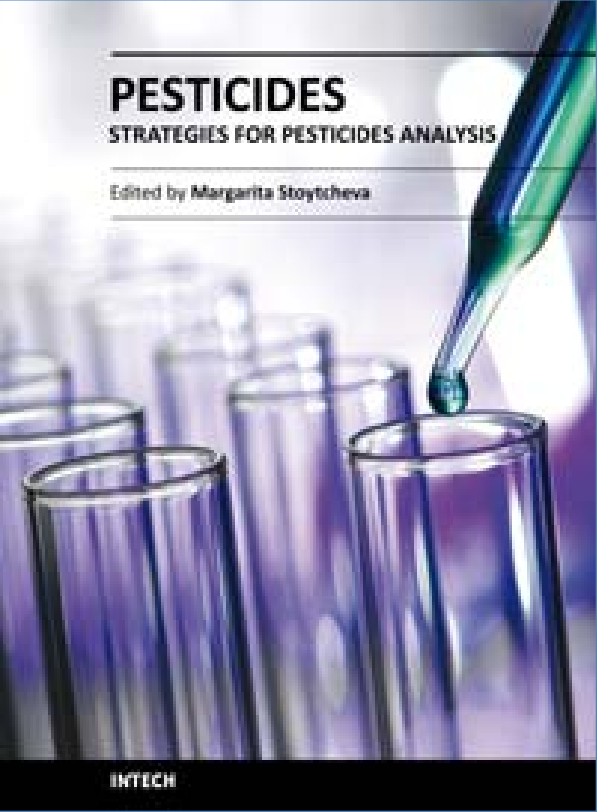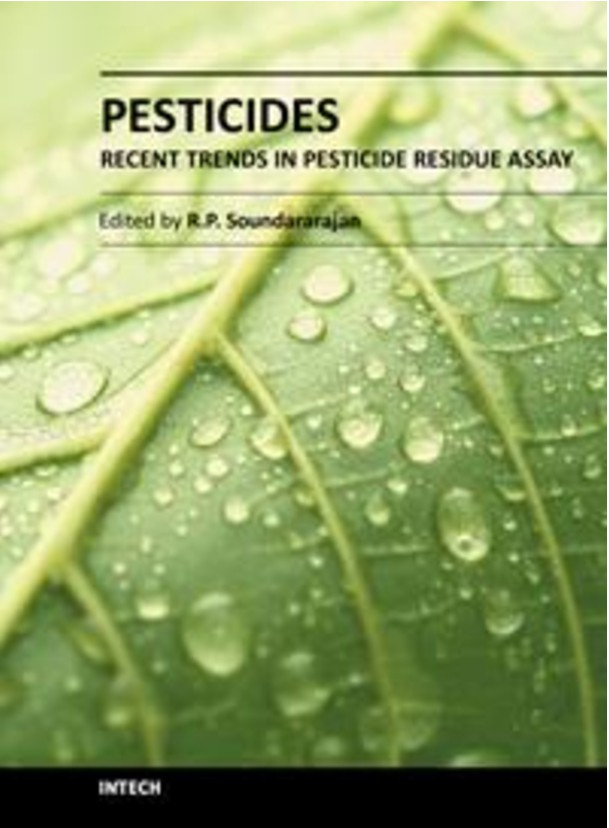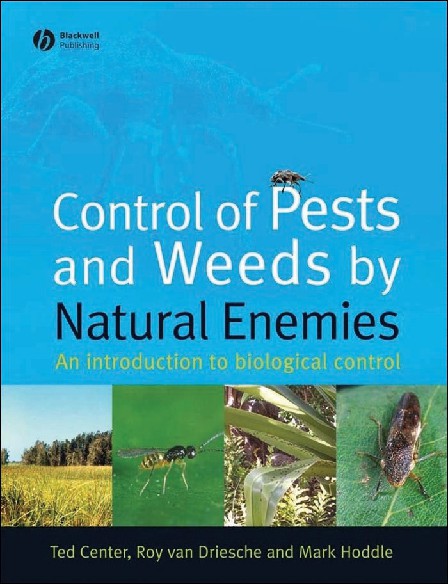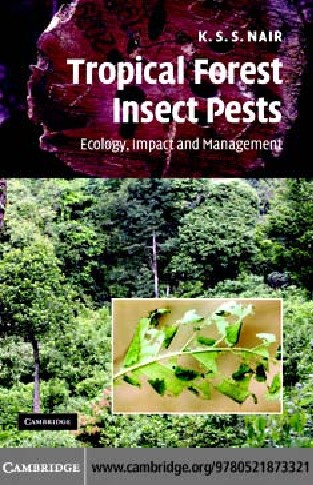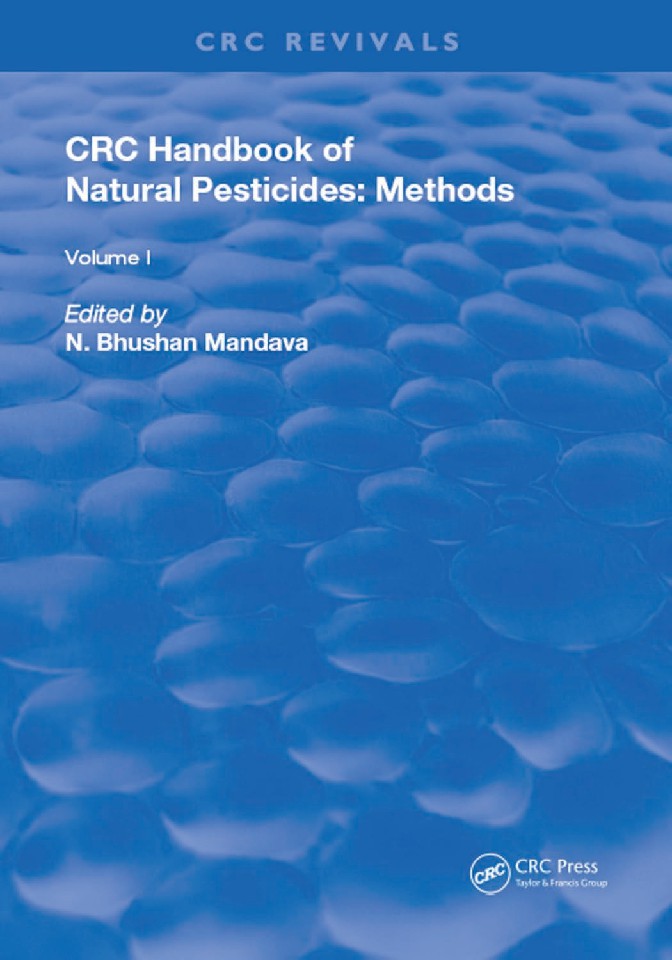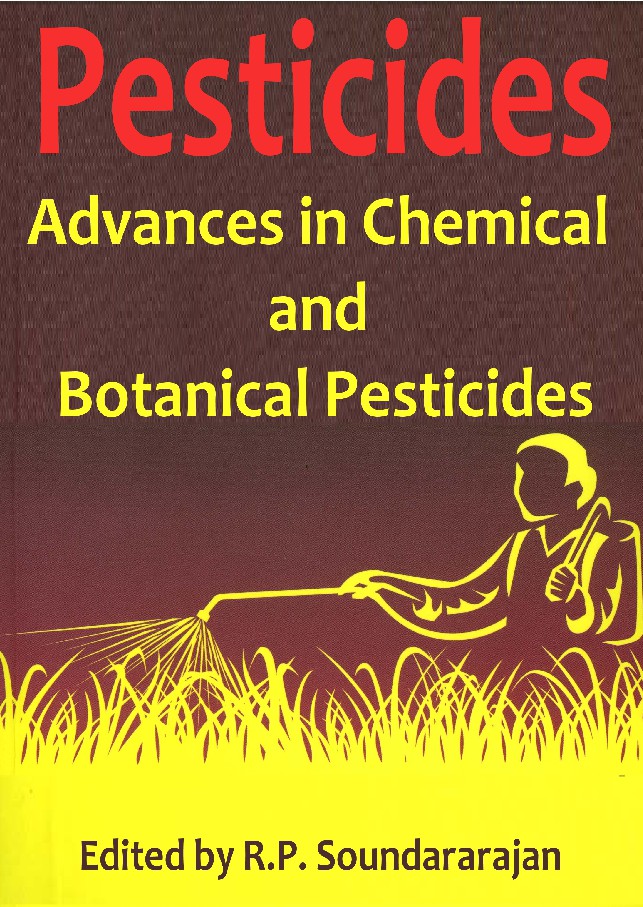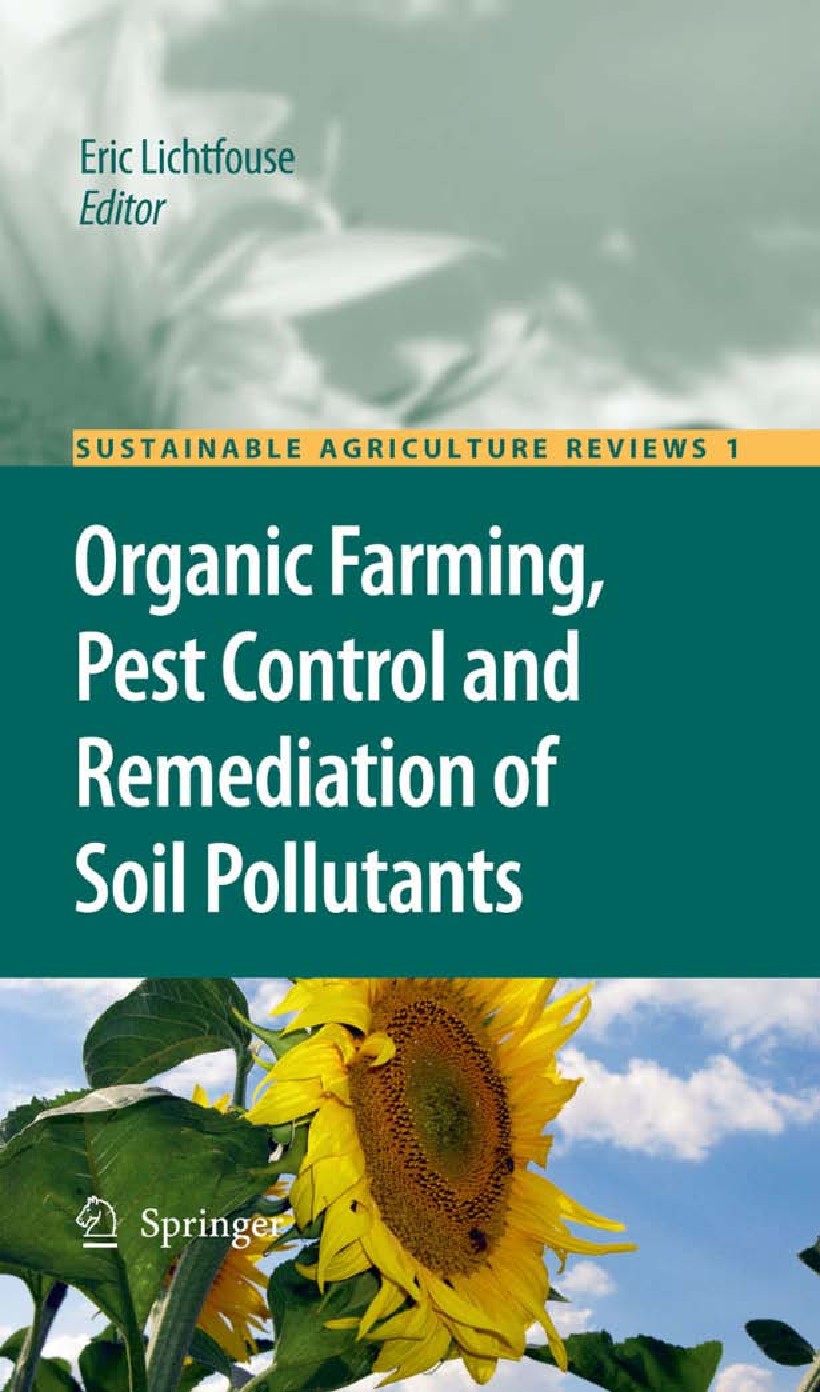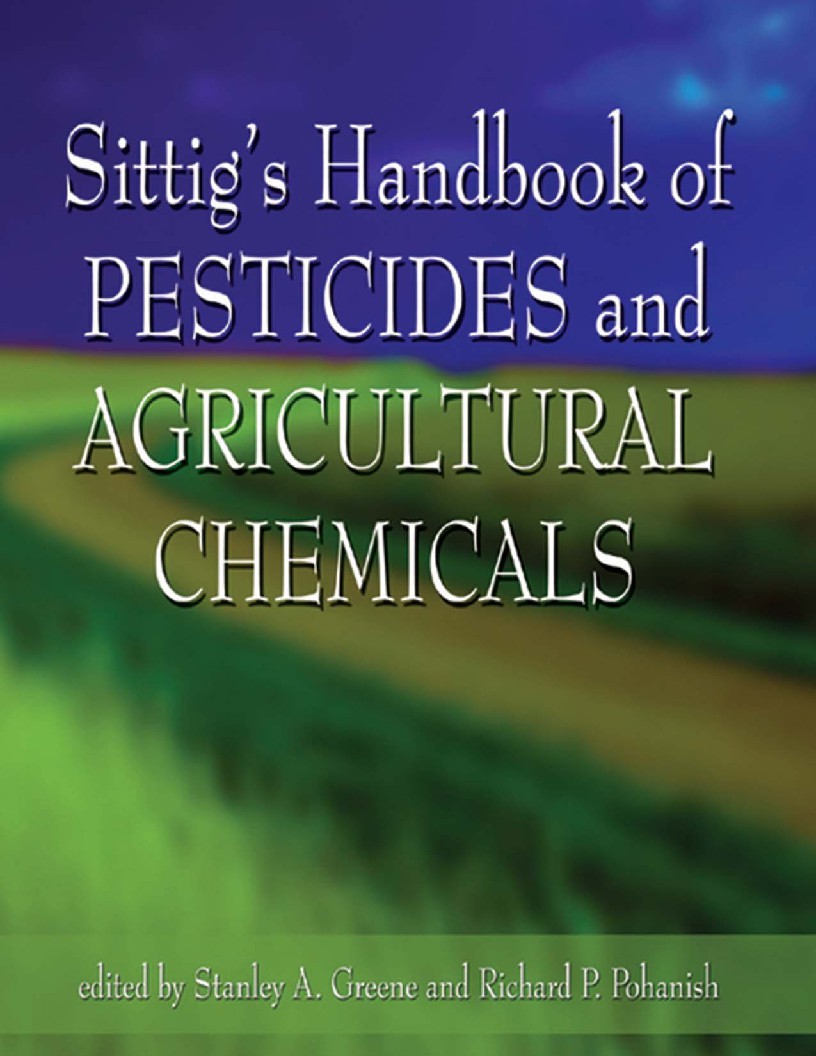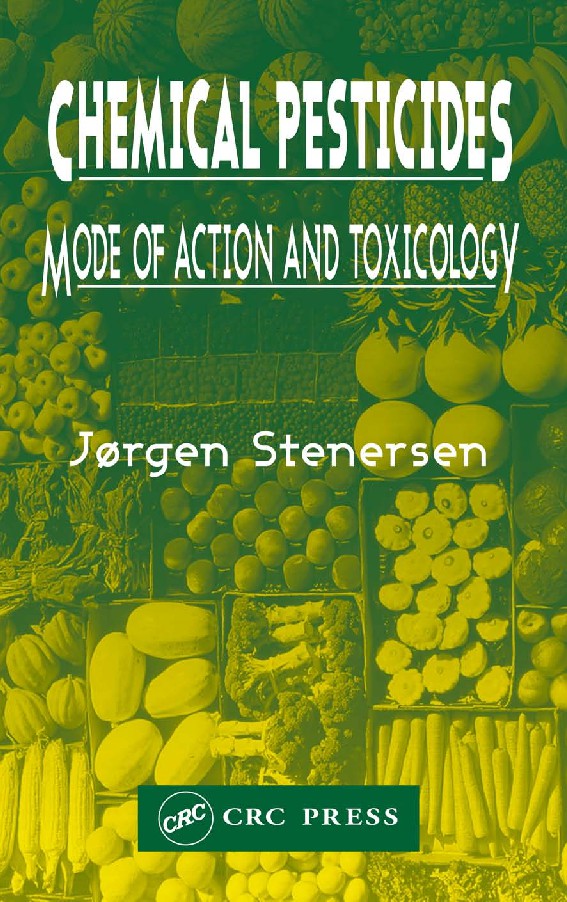Book Details
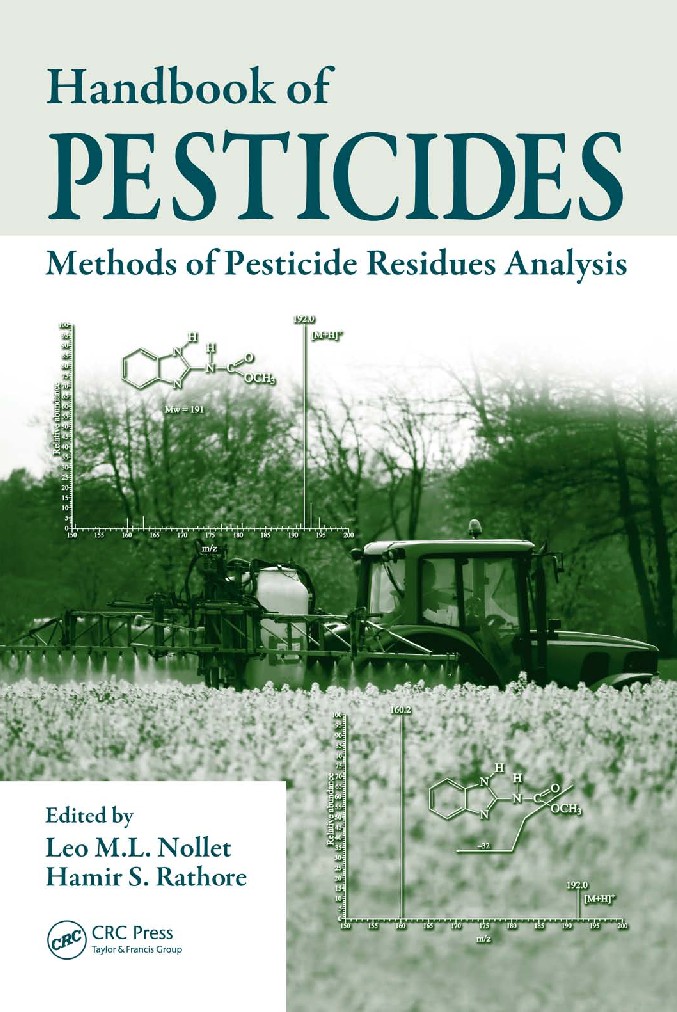
Handbook of Methods of Pesticide Residues Analysis
Chemical plant protection is profi t-induced poisoning of the environment. Among the chemicals
used, the organochlorine insecticides have been the major cause of anxiety for ecologists, not only
because they persist for so long but also because of the ease with which they are taken up into the
bodies of living organisms, especially the fatty tissues of both animals and humans.
Our information on the occurrence of residues in various parts of the environment is very uneven
and localized. For example, a great deal of data on residues are available in China (29%), the United
States (13%), Japan (7%), India (6%), Spain (6%), and Germany (5%), while we know virtually
nothing about the extent of pesticide contamination in Africa, South America, and much of Asia
(Nepal, Pakistan, Sri Lanka, etc.), although large amounts of organochlorine insecticides have been
used in these regions.
Therefore, there are vociferous clashes between those ecologists who believe that all pesticides
are bad and should be banned, and agriculturalists and others who believe that continued use of
large quantities of pesticides is essential to the survival of humanity. There is thus a need for a balanced
approach to this issue, and this can be resolved by collecting information selectively because
of the vast literature available on this subject. This book provides simple and inexpensive methods
as well as ultrasensitive sophisticated high-priced methods of pesticides residue analysis. It is hoped
that it will serve as an important source of knowledge for pesticide users and policy makers as well
as a guide for those dealing with pesticide residues analysis.
The editors would like to thank all the contributors for their excellent efforts. Their in-depth
knowledge is worthy of appreciation.
Author: Leo M. L. Nollet Hamir Singh Rathore
Pages: 630
Issue By: eBook 707
Published: 3 years ago
Likes: 0

